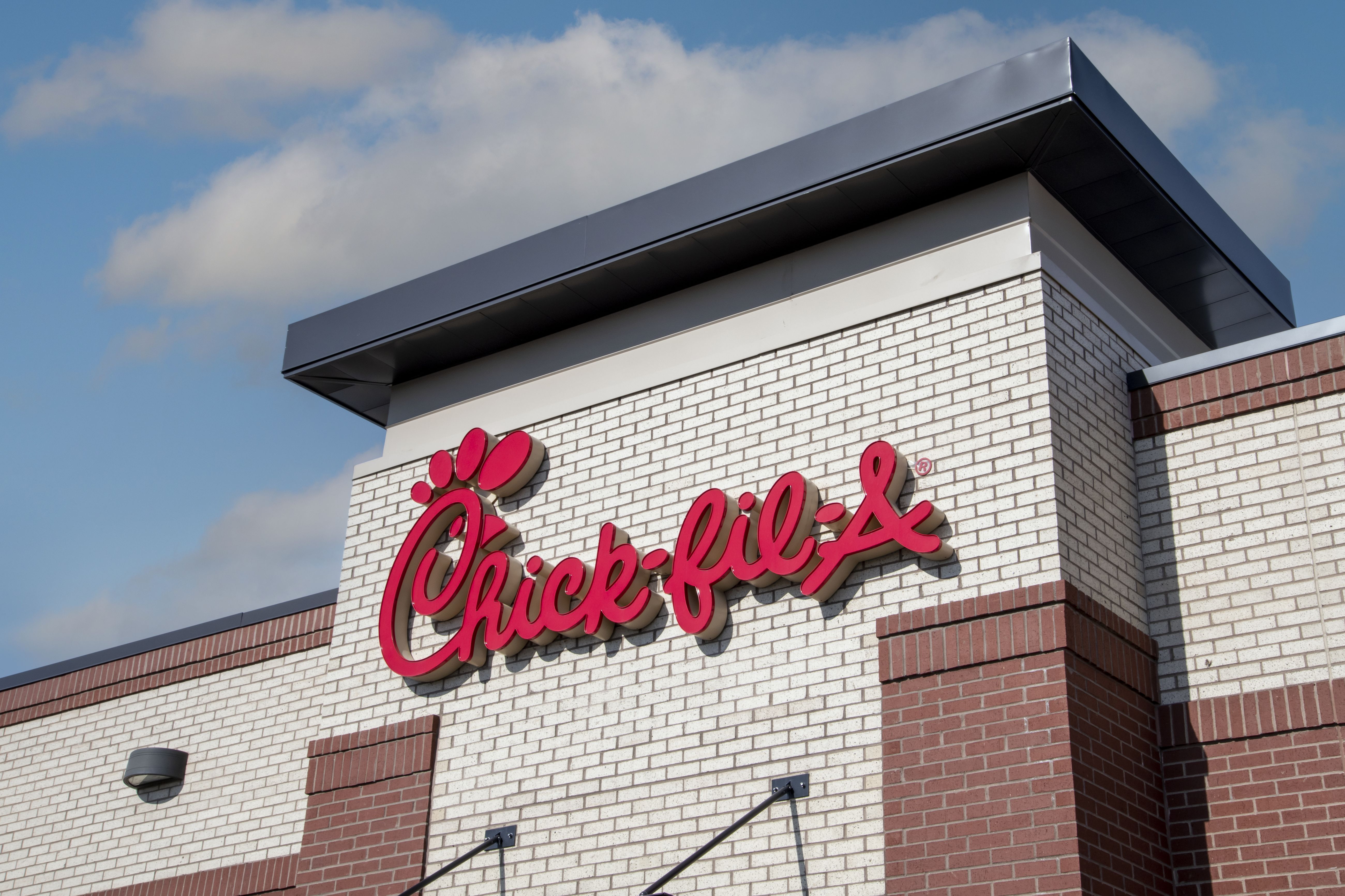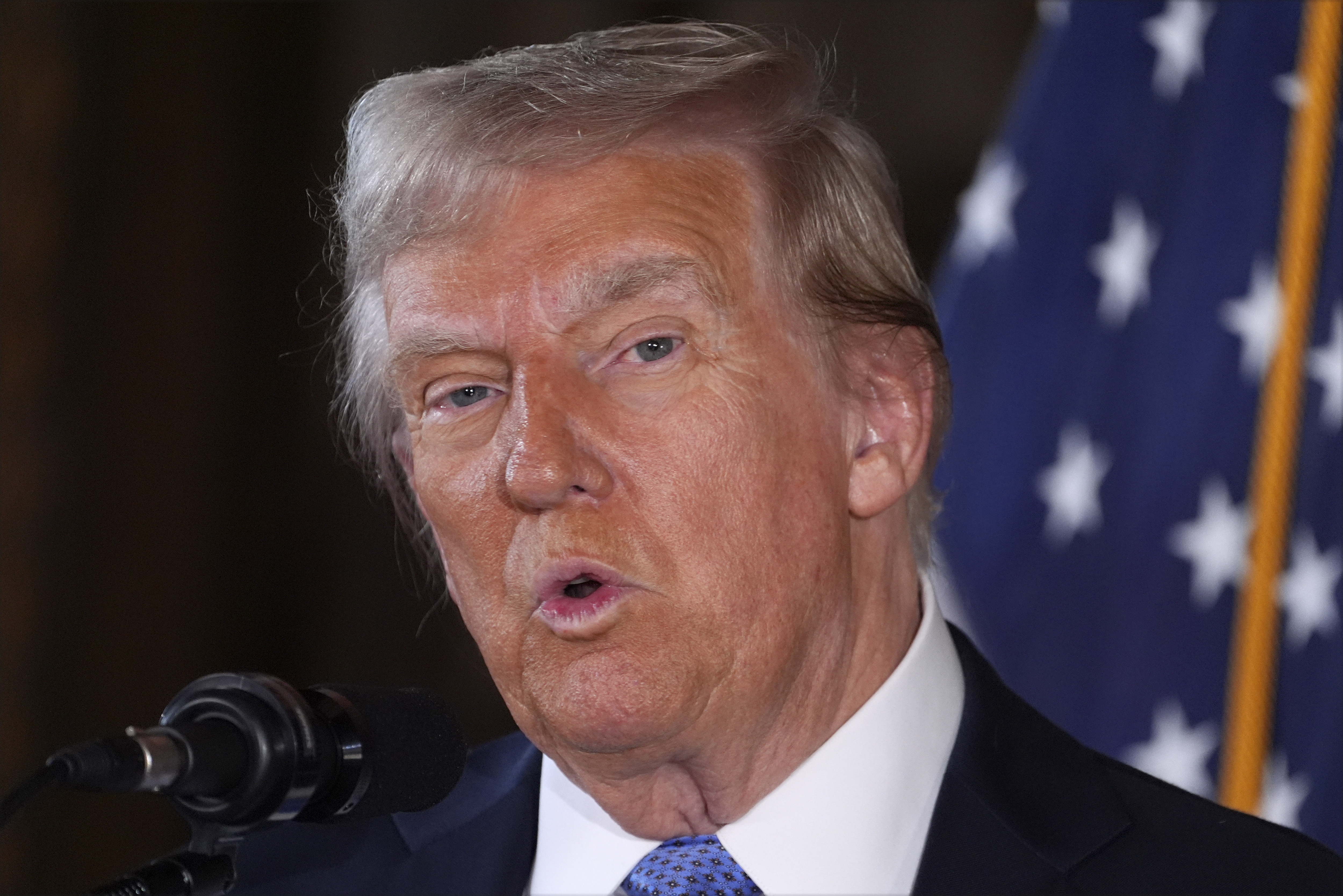Women are breaking records in 2019: six women so far are running for president, 127 women are serving in Congress and there has been a significant increase in applications to women’s colleges.
Over the past five years, Barnard College, the women's college of Columbia University, has seen a 64% increase in applications.
"Barnard has continued to widen its reach nationally and globally to find young women who are intellectually engaged, who want to impact the world around them and appreciate the unique qualities Barnard presents," Barnard’s vice president for enrollment Jennifer Fondiller said.
Barnard is not the only women’s college that has seen a sharp increase in applications. Over the past five years, applications at three elite institutions in Massachusetts have also spiked: Mount Holyoke was up 23.6%, Smith 25% and Wellesley 40%. Admissions at Bryn Mawr in Pennsylvania went up by 23.1%.
Mount Holyoke President Sonya Stephens believes there are many factors that contribute to the rise, "including but not limited to a growth in interest in social movements," she said.
Joy St. John, dean of admission and financial aid at Wellesley said, "We've seen growth in applications from every major geographic region; and among our most recently accepted class, 57% are domestic students of color and 17% are the first in their families to attend a four-year college."
Nathan Grawe, author of the book "Demographics and the Demand for Higher Education," said the surge in women's college applications "is particularly notable given that in the country as a whole, we are in a time of stable to falling numbers of high school graduates."
U.S. & World
The day's top national and international news.
He said that while changes to the admissions process can affect the numbers, "on the face of it, a surge in applications over the last five years makes you sit up and ask, 'What is causing this?'"
A study called "What Matters in College After College" prepared for the Women’s College Coalition found that women’s colleges alumnae were more likely than any other group to complete a graduate degree. The study also found that women’s colleges receive higher effectiveness ratings than all other colleges and universities for helping students be prepared for their first job.
These statistics do not surprise students like Barnard senior Xonatia Lee. “When women are exposed to powerful female role models, they are more likely to endorse the notion that women are well suited for a leadership role," Lee said. "It is important to invest in a women’s education and build their leadership skills."
Students who graduate from women’s colleges have high success rates in the workforce. Barnard’s class of 2018 had a 93 percent placement rate in work or graduate schools.
Barnard College president Sian Beilock explained, "We attract fantastic young women and then we work to make them even better and more inspired."
Martha Casey, a lawyer who graduated from Wellesley College in 1977, said she finds women who went to women’s colleges working on Capitol Hill, in top law firms, and trade associations.
"Wellesley grads are just everywhere. I think that they step easily into leadership positions," Casey said. “When we were running our school, dominating our own classes, and interacting with one another as undergrads, it seemed natural to us."
Rebecca Glass, a senior at Barnard College, never thought she would end up attending a women’s college. She started her education at Penn State and decided to transfer because she felt "the social infrastructure [Greek life] relied on disempowering women."
At Barnard, Glass said she feels constantly empowered as she is always "surrounded by women who are so ambitious, inspirational, kind, and supportive; it is the exact opposite."
"We need women’s colleges in order to continue to bolster, strengthen, and uplift young women today, especially women who are not upper middle class and white," Glass told NBC.

Glass is not the only woman who has had this experience. Amy Iwanowicz, a recent graduate of Smith College, a women’s liberal arts school in Massachusetts, transferred to Smith after a year at Syracuse. “At Syracuse a lot of people rallied around sports and I think at Smith people rallied around ideals,” she said.
"Even though women have made so much progress, I think that women are still facing things like being scared to speak up in the classroom, they feel like they are overshadowed by men," Iwanowicz said. "Women’s colleges have historically served as a place to empower and inspire women."

In the 1960s, the United States had 281 women's colleges. With the exception of Cornell, most Ivy League Schools were not fully co-ed until the 1970s. In fact, Columbia University’s undergraduate college did not start accepting women until 1983.
Today there are approximately 34 active women’s colleges in the United States. The most predominant of these colleges are known as the Seven Sisters. Five of the seven institutions are still all-female colleges today: Barnard College, Bryn Mawr College, Mount Holyoke College, Smith College and Wellesley College. Vassar College became a co-ed college in 1969 and Radcliffe become fully merged with Harvard in 1999.
"In a time in our world where we are talking about the importance of having women in leadership roles, having women at the table, a place that focuses on empowering women is a great place to start," said Beilock.
The lead photo's caption misidentified the statue. It is the Barnard Greek Games Statue.



